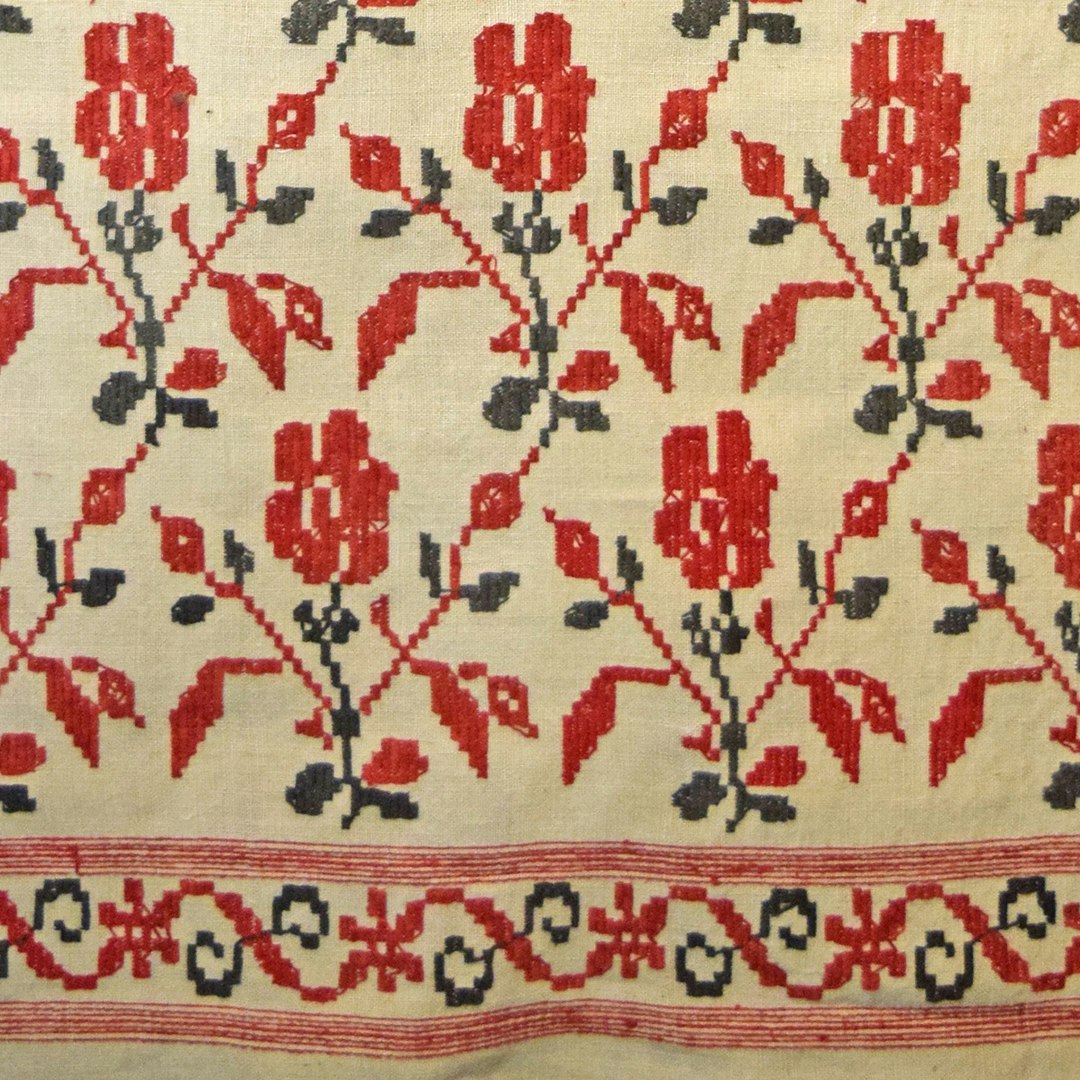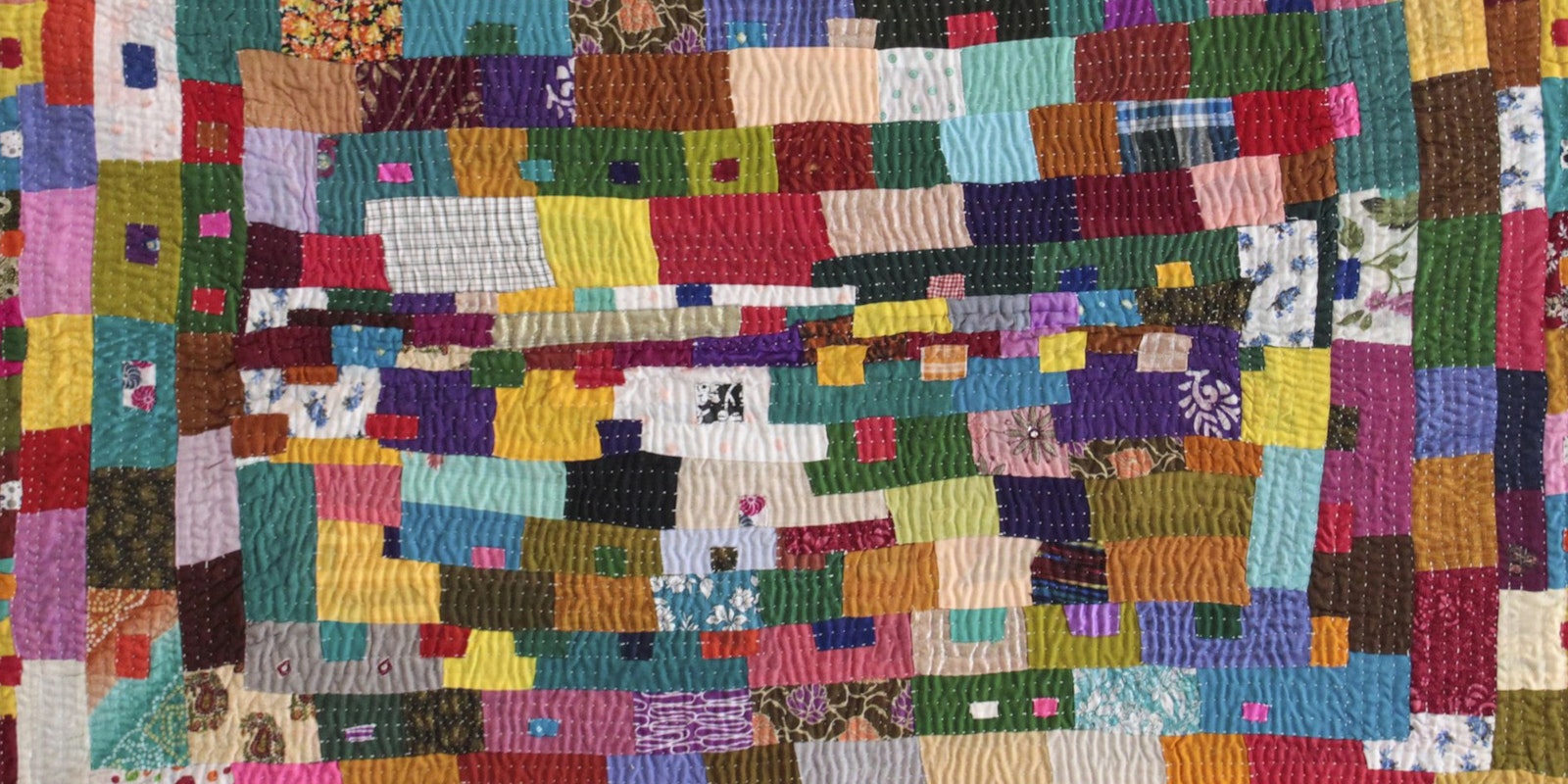Makers have always been on the move, and the cloth that accompanies us—be it humble or ornate—carries layers of meaning that is anything but static. As textiles, tools, techniques, and motifs are transported across continents and through time, their purpose and meaning to those carrying them forward often evolves. While one migrating maker might find ways to adapt needlework skills to the materials and aesthetic of a new home, another maker might choose to adopt the needlecraft of their new home. Future makers might pick up this dropped thread and create their own textiles, associations, and histories.
Because textiles can serve as the last literal thread that connects us to a memory, a person, a place, it isn’t hard to see how communities the world over have seen textiles as evocative, powerful, and even mystical objects. In this issue, Amber Rose Ostaszewski shares her familial connections to Ukrainian rushnyky. These embroidered cloths still serve as important connections to cultural traditions by Ukrainians throughout the world. Amber, a needlework instructor based in the United States, wrote the article before the current war in Ukraine began and writes in a postscript, “Now it is even more important to share such a crucial cultural practice that truly shows the unique and lasting influence of the Ukrainian people and our heritage.” Stitching, as ever, is a powerful act.

The tree of life motif covers this rushnyk made to protect the home. From central Ukraine, Drabiv region, Cherkasy province. Photo courtesy of Natalie Kononenko
This special issue of PieceWork explores the migration of people, objects, and ideas. Henry John Drewal discusses the vibrant patchwork quilts created in India by Siddi makers in communities of African diaspora, Lianne van Leyen re-creates a nineteenth-century schoolgirl sampler from Indiana that arrived on her Canadian doorstep, and Carin Marais shares a trove of textiles found in an asylum that show colorful flowers, butterflies, and memories stitched by known and unknown patients.
Whether we are talking about the physical relocation of people, the handing down of technique, or textiles surviving centuries, needlework can connect us to makers across space and time.
Kate Larson
Editor
Our Fall issue is available now!

